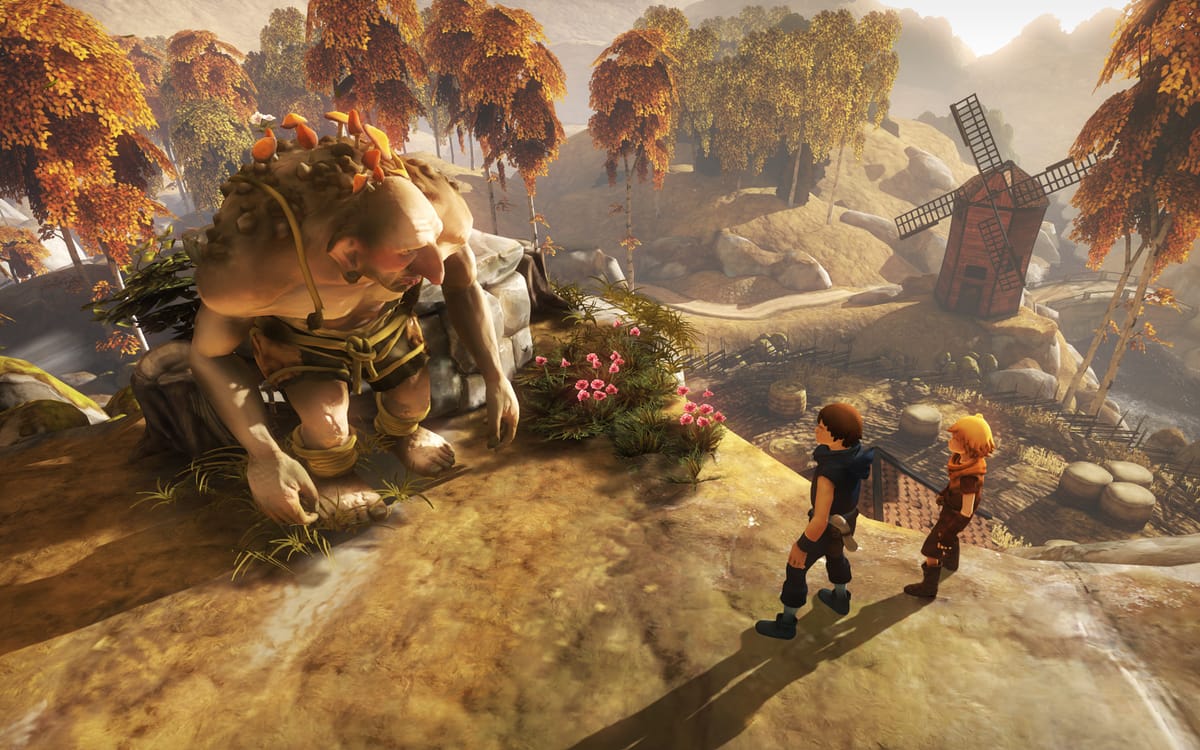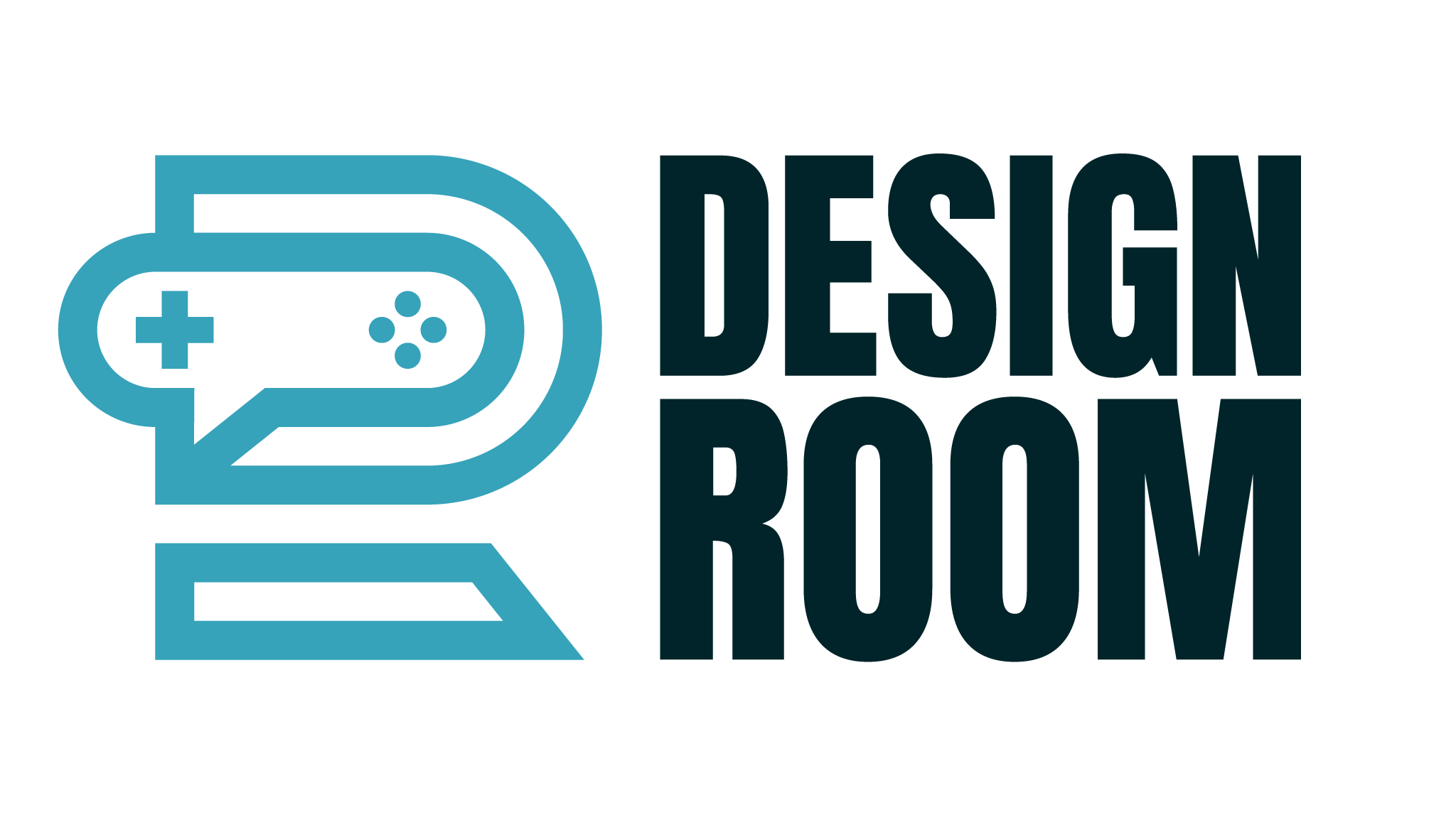Josef Fares on how Ico inspired Brothers
We dig up a lost interview to learn more about Ico's influence on the 2013 co-op hit.

For the second in our series of interviews originally conducted for Boss Fight Books’ 2015 Shadow of the Colossus book, author Nick Suttner is back talking with Hazelight CEO and director Josef Fares.
In the years since this interview was conducted, Hazelight has become one of the most successful independent developers around, releasing games like It Takes Two and Split Fiction — with It Takes Two being a breakout success, selling more than 20 million copies. But at the time of this interview, Fares had just formed Hazelight after releasing his first game, Brothers: A Tale of Two Sons, with Starbreeze.
Click here to read the first interview in this series, where Suttner (who has himself gone on to work on a number of games, most recently Arranger: A Role-Puzzling Adventure) talks with Thatgamecompany’s Jenova Chen about his work on Journey, another breakout indie game success story.
And read on to learn more about Fares’ thought process when designing Brothers, and the inspiration he took from Ico and Shadow of the Colossus when working on it.
